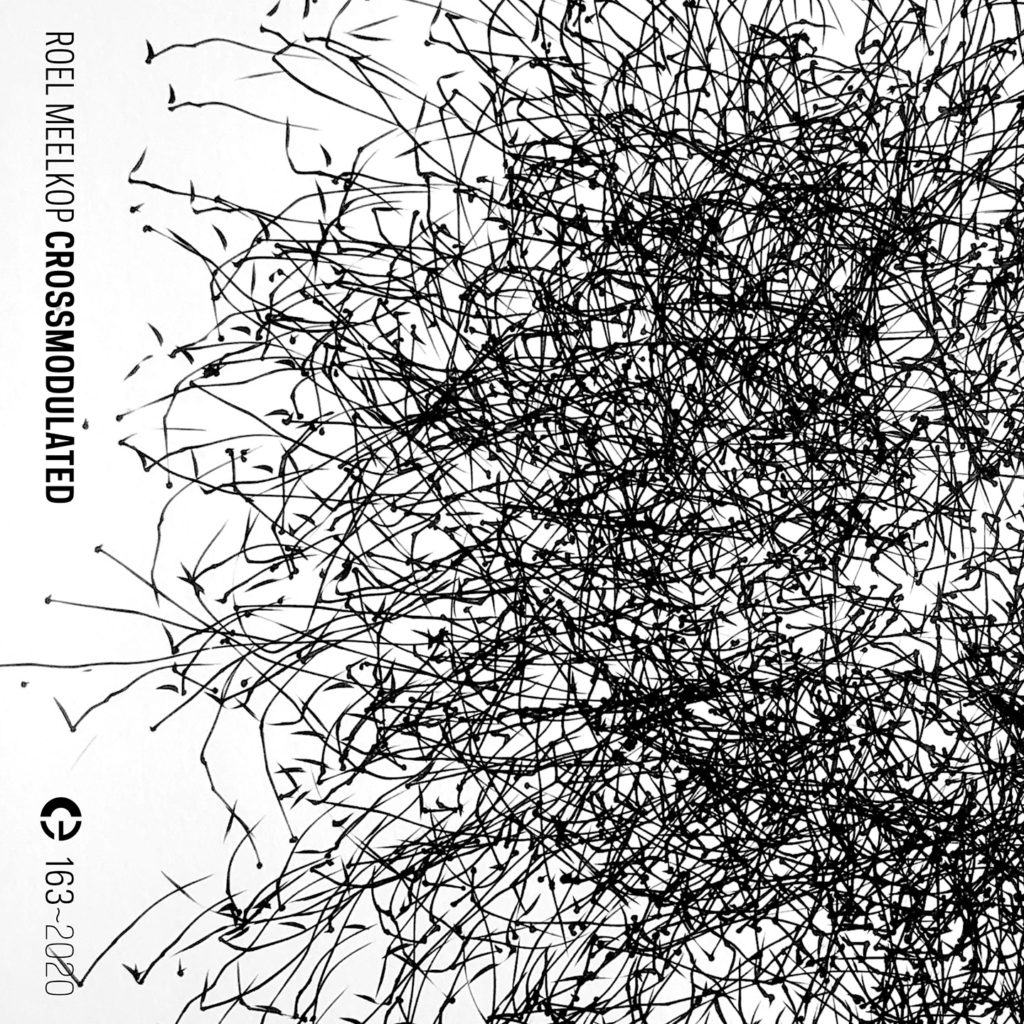
It should be no secret that I know mister Meelkop pretty well and therefore I know that some two or three years ago he was looking for ways to break away from
working with a laptop for his musical compositions and at the recommendation of Jos Smolders, he looked into the use of modular synthesizers and ever since is hooked. He’s the sort of man who is handy enough with soldering and has a big box of modules. I am not sure how many of his recent releases are made with this newly acquired technology; he’s not a man to release that much anyway these days. The title of this new cassette implies the use of modular electronics and I may know mister Meelkop reasonably well, I didn’t ask how this was made. Sometimes with modular electronics, I have the impression it is, just as with improvised music, all done at the moment, a straight to tape recording. Sometimes it is the result of recording and mixing various events together. I don’t know which the Meelkop stance. Judging by the music I would think the first, in which Meelkop first finds the ‘right’ balance, which knobs and dials to switch and sets out some plan to follow and then starts to
record the music, in which it is decided at the moment what sort of duration a piece will have. In each of the five pieces (from six to fifteen minutes in duration) the development is minimal but notable. It can start out with a slow drum sound, slowly to envelop into a spacious drone, to end on a more broken up sequence of tones (‘Crossmodulated 4’). Field recordings may become the subject of transformations, just as in the olden days, and maybe some computer editing as well. But, as said, I am not too sure of that. It is a most enjoyable cassette of some sturdy musical experimentation. (FdW)
via Vital Weekly





